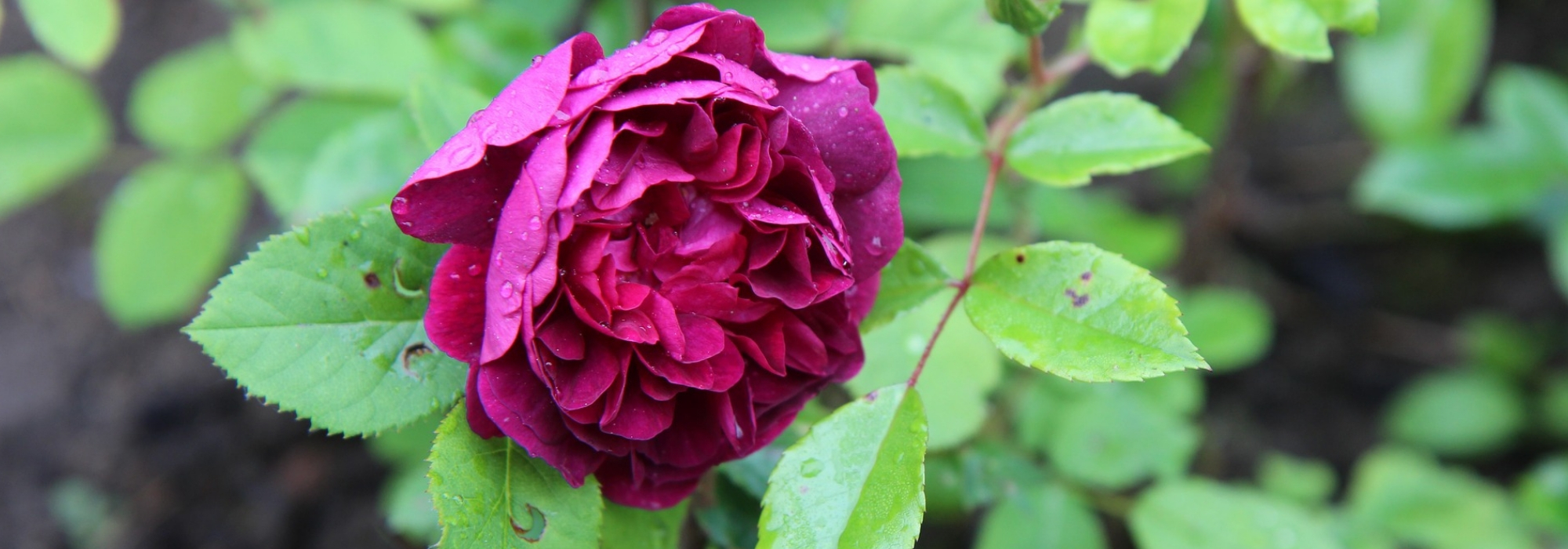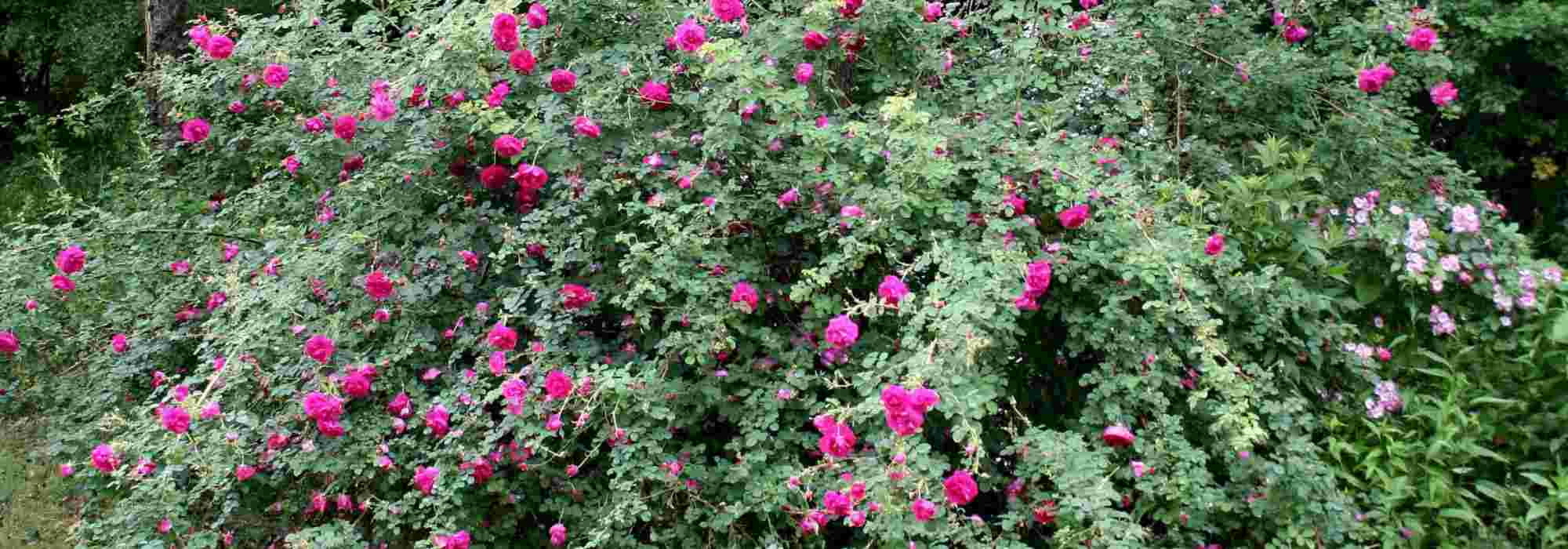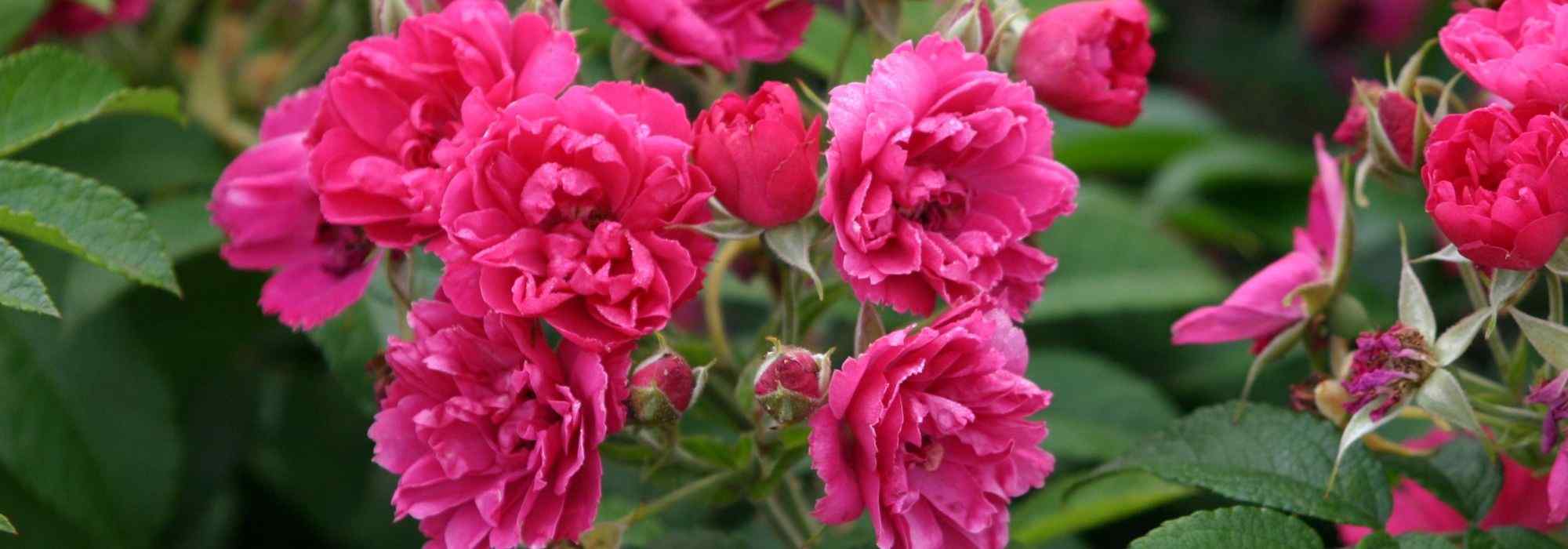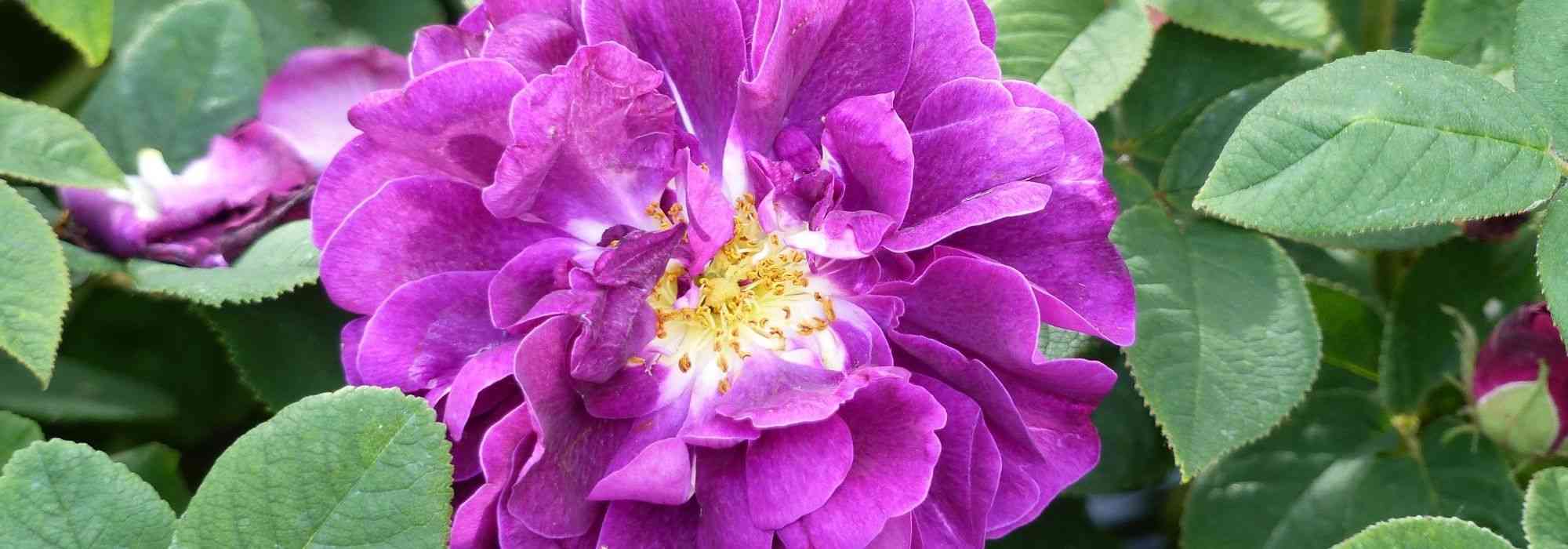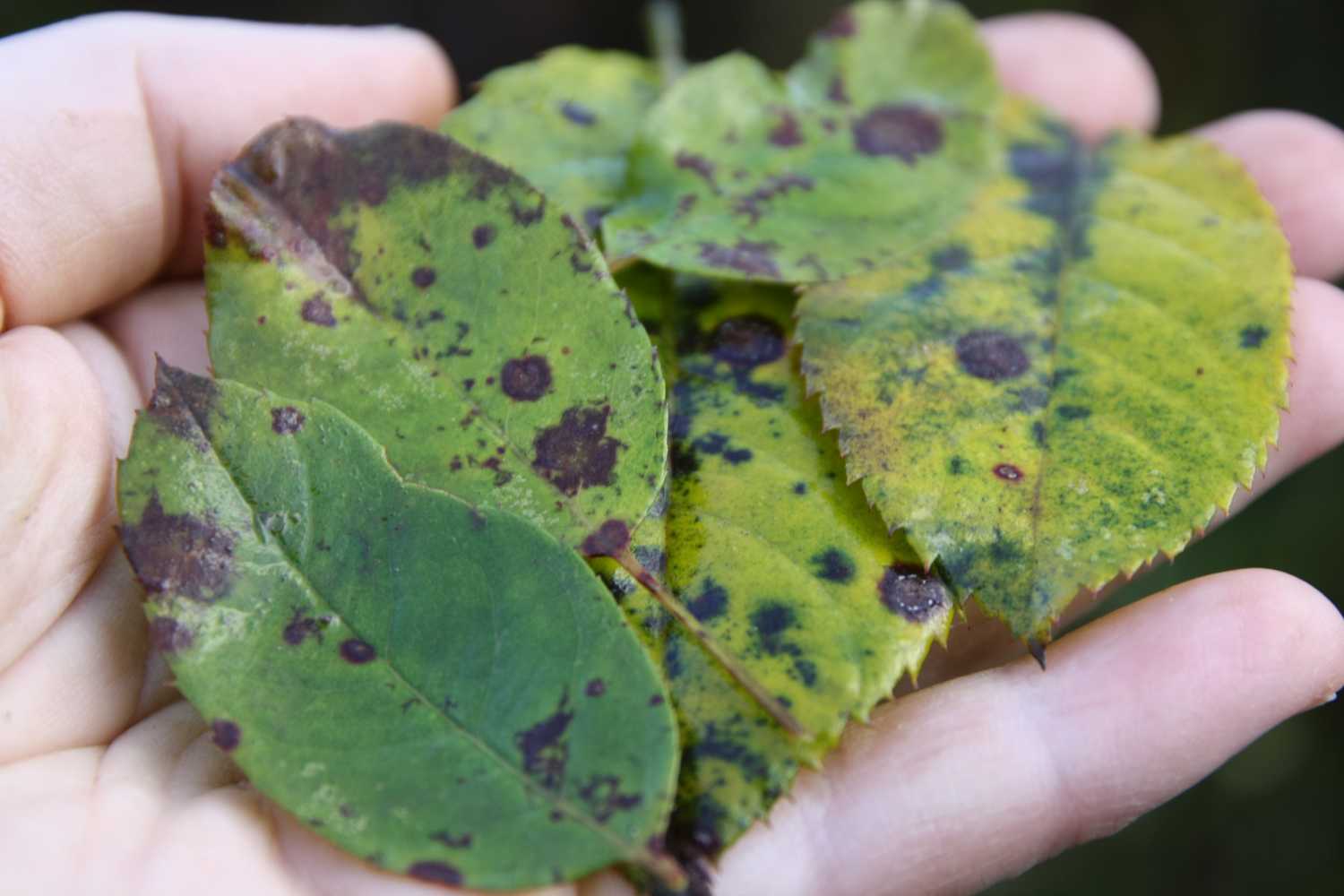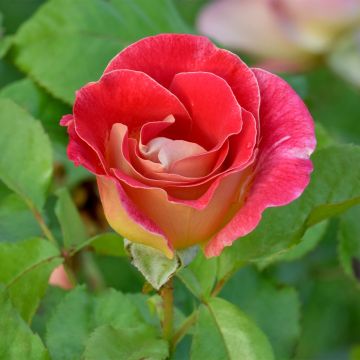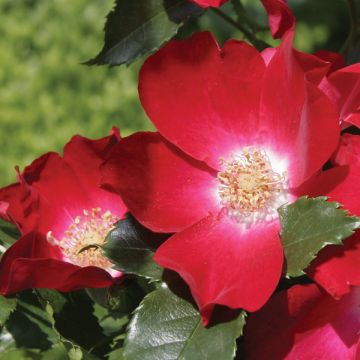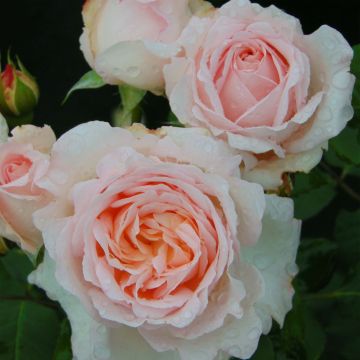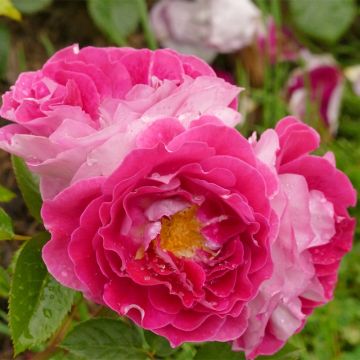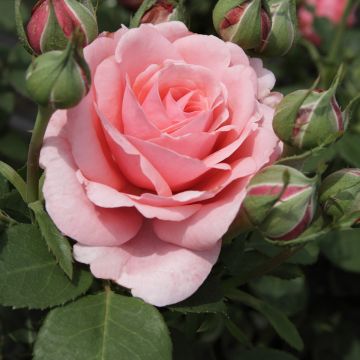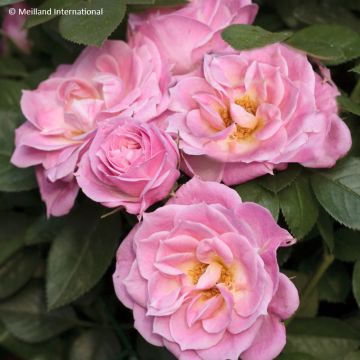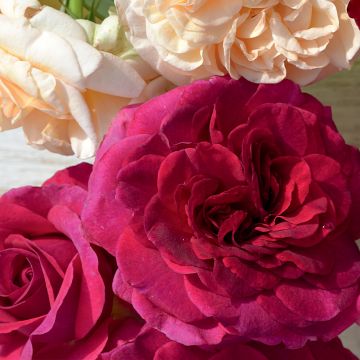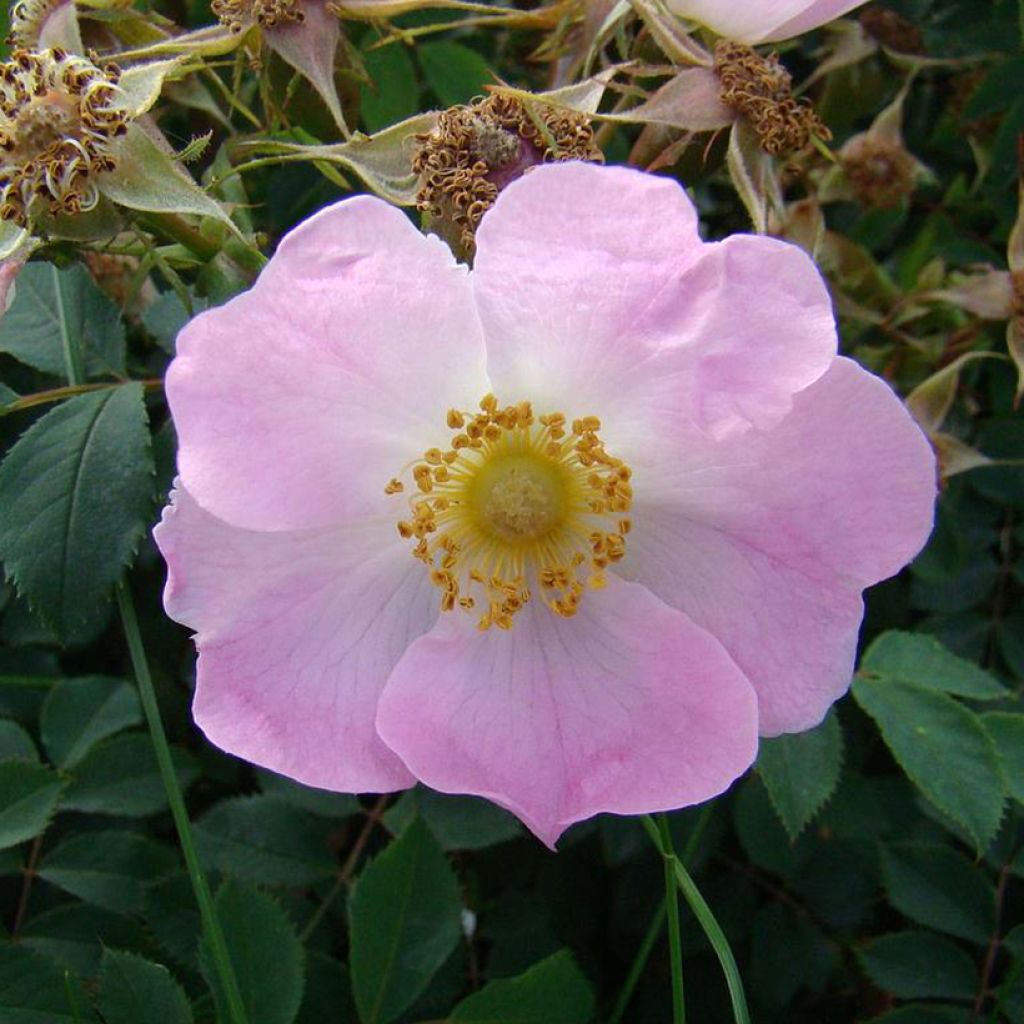

Rosa Bourgogne - Shrub Rose
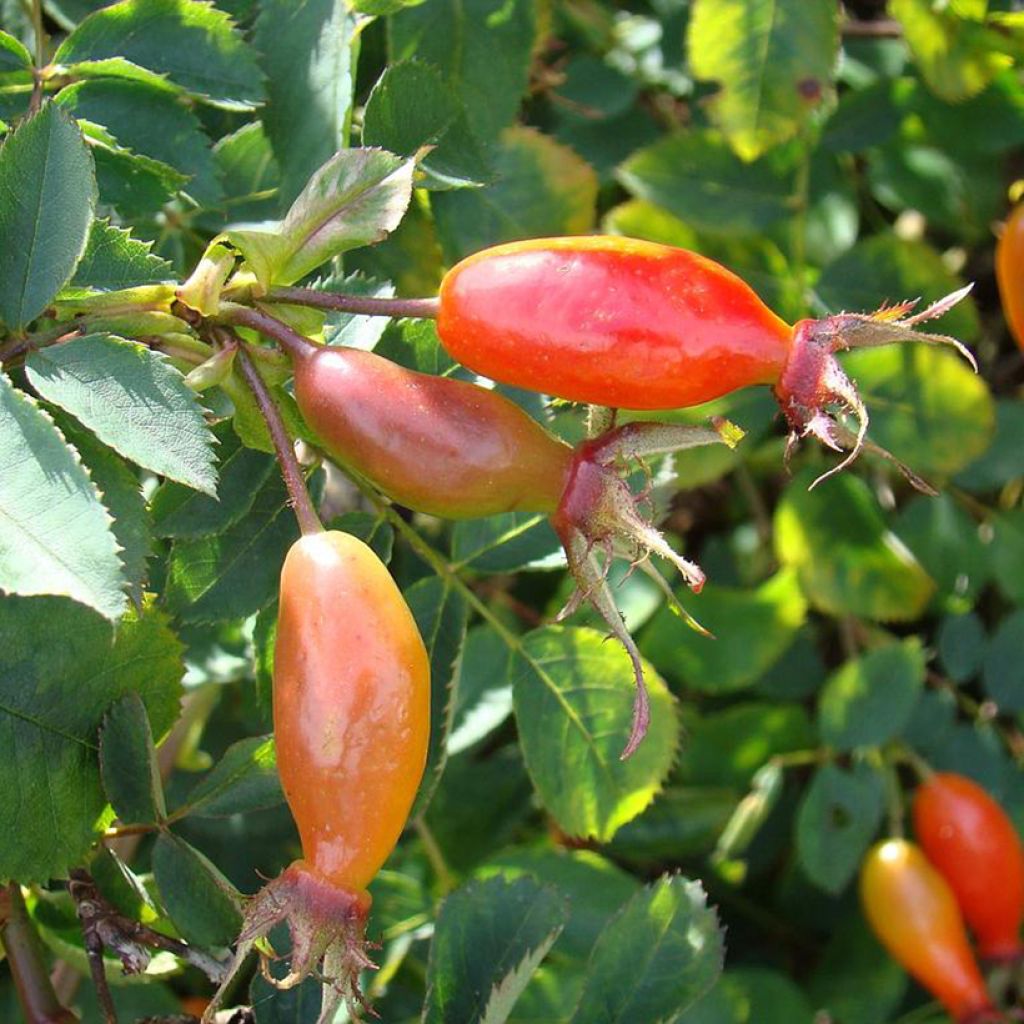

Rosa Bourgogne - Shrub Rose
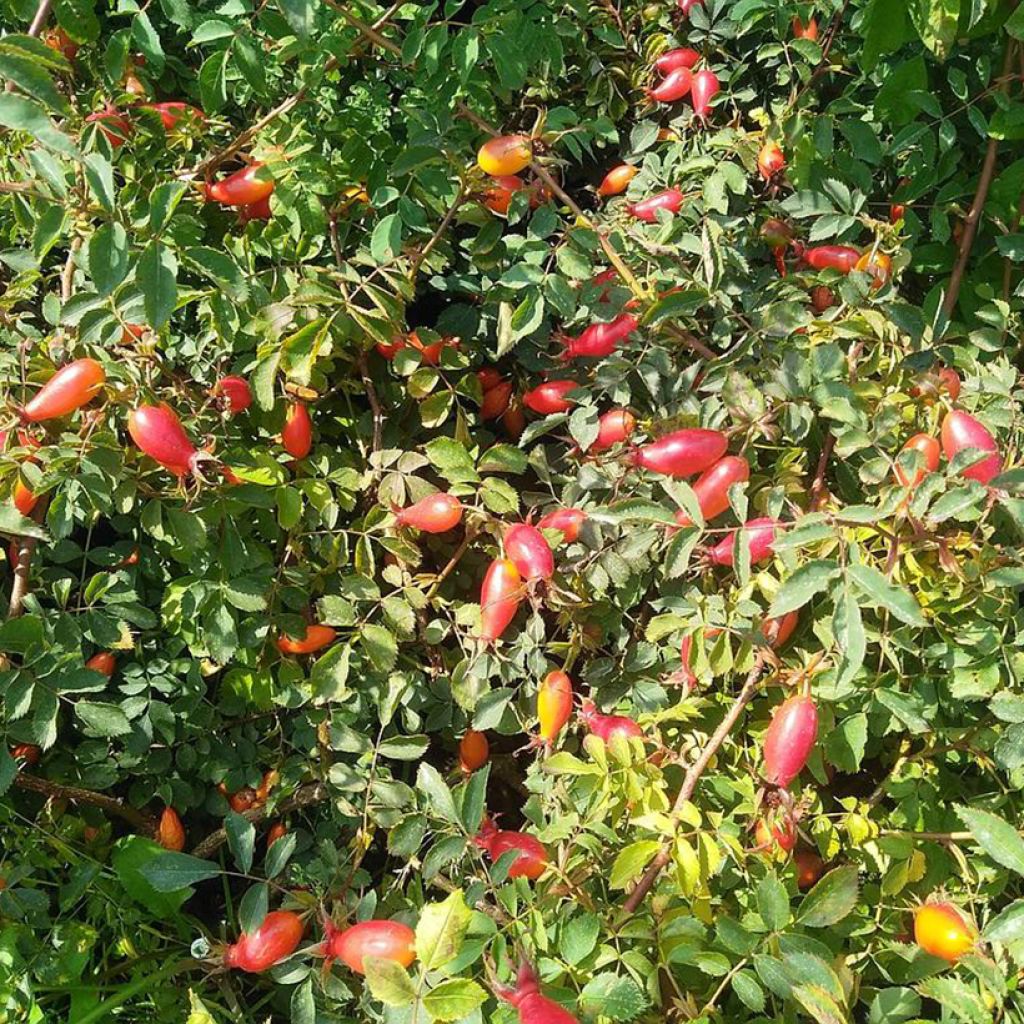

Rosa Bourgogne - Shrub Rose
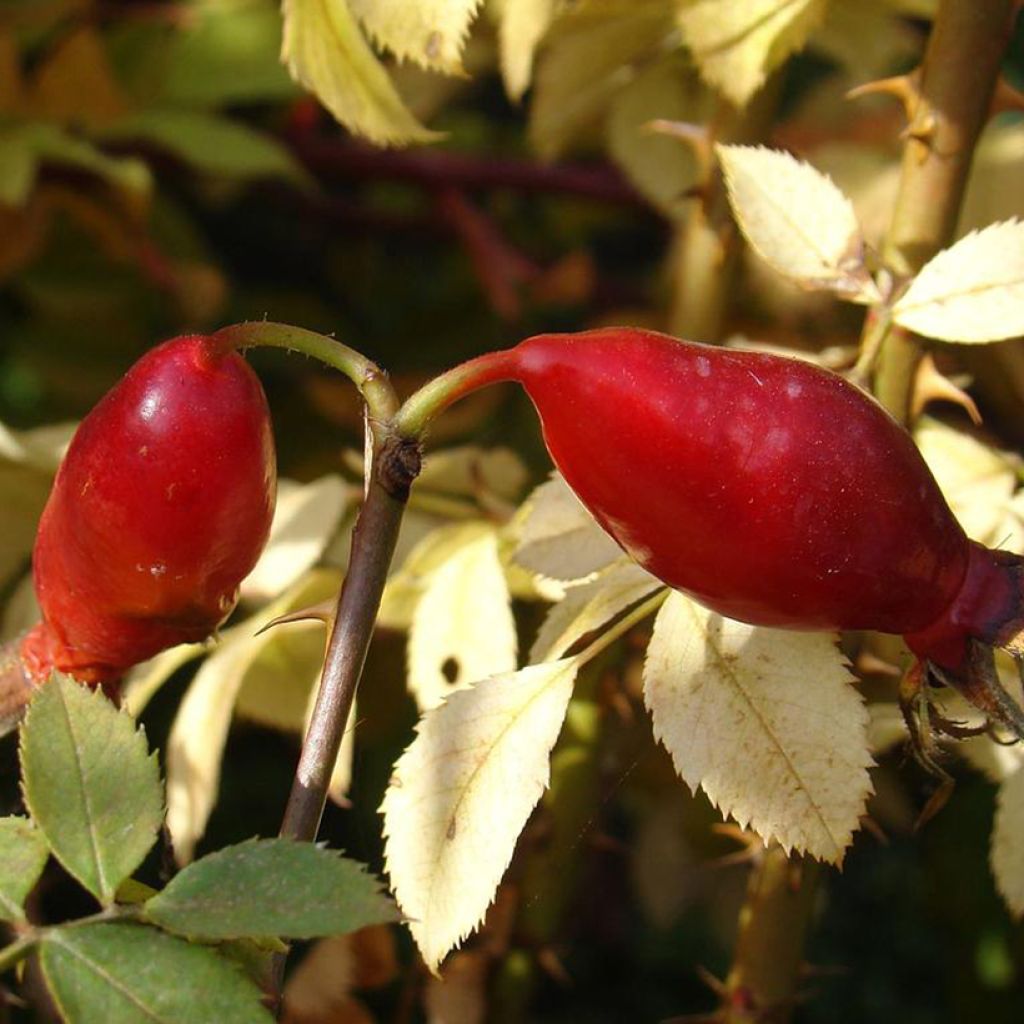

Rosa Bourgogne - Shrub Rose
Rosa Bourgogne - Shrub Rose
Rosa pendulina Bourgogne
Alpine Rose
The received rose bush looks healthy to me, planted at the edge of a wall, now I'm waiting for it to take root... or not?
Thierry, 31/08/2024
Special offer!
Receive a €20 voucher for any order over €90 (excluding delivery costs, credit notes, and plastic-free options)!
1- Add your favorite plants to your cart.
2- Once you have reached €90, confirm your order (you can even choose the delivery date!).
3- As soon as your order is shipped, you will receive an email containing your voucher code, valid for 3 months (90 days).
Your voucher is unique and can only be used once, for any order with a minimum value of €20, excluding delivery costs.
Can be combined with other current offers, non-divisible and non-refundable.
Home or relay delivery (depending on size and destination)
Schedule delivery date,
and select date in basket
We guarantee the quality of our plants for a full growing cycle, and will replace at our expense any plant that fails to recover under normal climatic and planting conditions.
Description
Rosa 'Bourgogne' is a beautiful hybrid derived from a botanical rose also known as the Pendulous-fruited Wild Rose or Alpine Rose. Its more or less purple, almost thornless stems, form a graceful, open bush. In summer, it is adorned with beautiful fresh pink flowers, followed by long pendulous hips that are very decorative against its autumn-coloured foliage. This rose tolerates partially shaded areas and poor, even limestone soils. Its flowers will attract bees, and its fruits will attract hungry birds in winter.
Rosa 'Bourgogne' is a horticultural creation from Interplant dating back to 1983. It is derived from the Alpine Rose, which is found in the mountains of Central and Southern Europe. It is a very cold-resistant plant and well-adapted to limestone, clay, or poor soils. The Bourgogne variety forms a bush about 1.25 m (4ft) high and wide, sometimes 1.50 m (5ft). Its young shoots are plum-coloured and its flexible and arching stems are a reddish-purple with very few thorns. They bear compound leaves with 7 to 11 leaflets of varying shapes and sizes, more or less elongated and ovate, often folded. These dark green leaves take on beautiful yellow to orange hues in autumn before falling. It flowers in June-July, and it is not repeat-flowering. The flowers are solitary, single, cup-shaped, 5 cm (2in) in diameter, composed of 5 light pink petals. In the centre of the corolla is a beautiful cluster of golden stamens. The flowers have a discreet fragrance. After pollination, elongated pendant hips are formed, shaped like small bottles. They turn a shiny dark red around September and remain attached to the branches for a long time.
Rosa 'Bourgogne' is robust and vigorous, and it is easil to grow in sunny and semi-shaded locations. It is a very beautiful wild rose, considered the most beautiful of fruiting roses, a must-have for lovers of natural landscapes. It can be used as a specimen in the centre of a perennial bed, with geraniums and peonies, for example, or in a low-growing shrub border. To accompany it, consider the entire range of botanical or old roses. Also, consider white spireas and Japanese quinces that bloom earlier.
Rosa Bourgogne - Shrub Rose in pictures
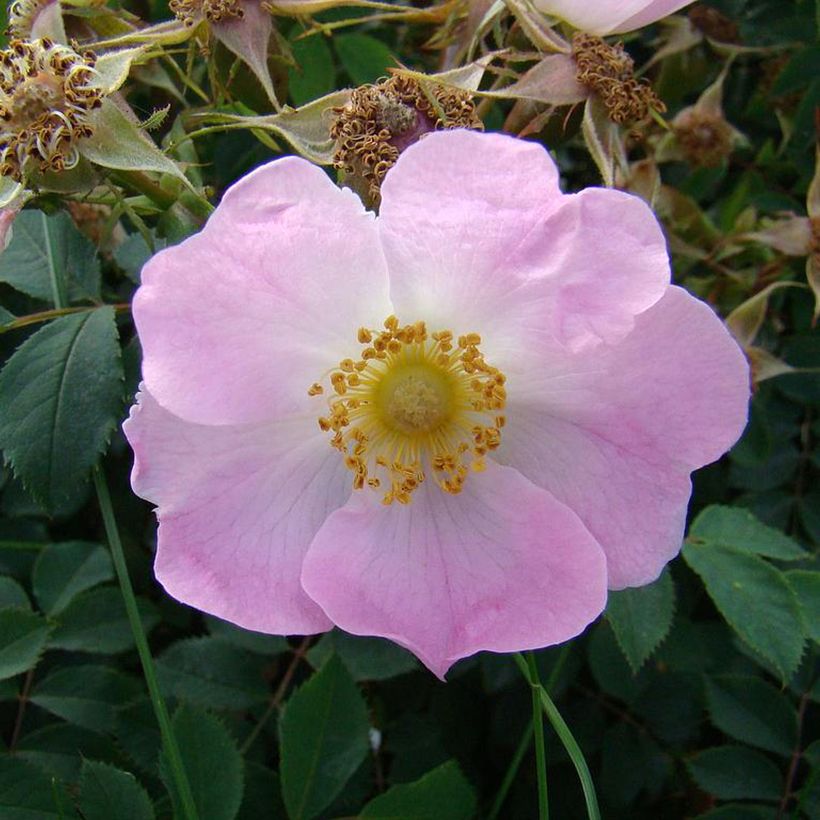

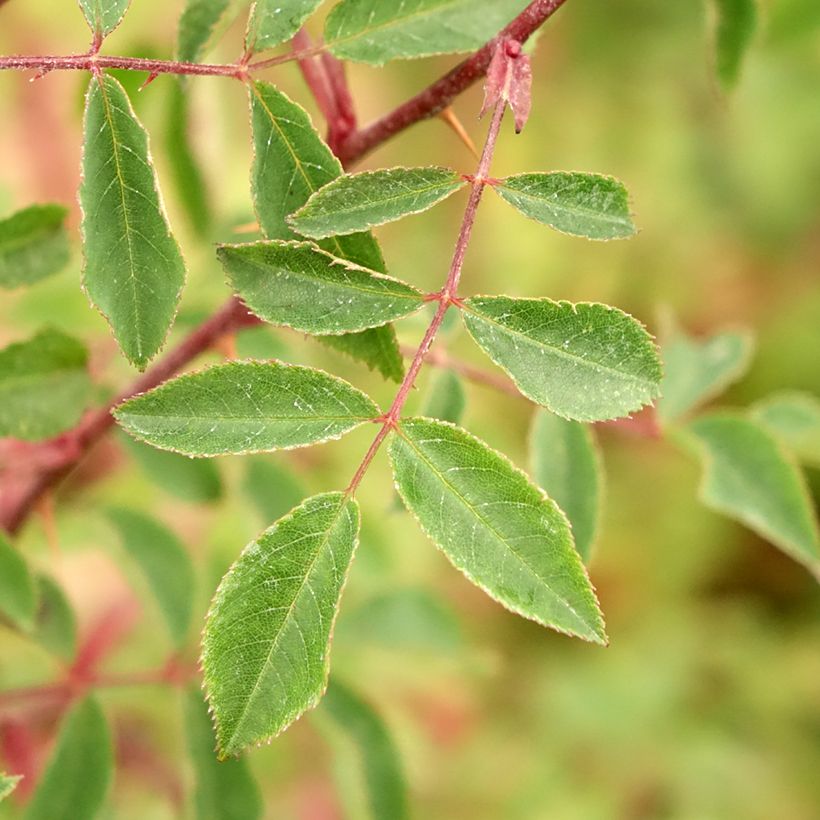

Plant habit
Flowering
Foliage
Botanical data
Rosa
pendulina
Bourgogne
Rosaceae
Alpine Rose
Cultivar or hybrid
Planting and care
Plant 'Bourgogne' botanic rose bush in a sunny or semi-shaded position. Roses will thrive in any garden as long as the soil is well-worked and deep enough. This undemanding rose tolerates poor, clayey, and chalky soils. It can be susceptible to diseases, so if you notice spotted or affected leaves, remove them immediately. To plant your rose bush, work the soil well and place a base fertiliser such as bonemeal, at the bottom of the planting hole. Water generously after planting to remove air pockets, then regularly for a few weeks to aid rooting.
Roses are often spotted or unsightly at the end of summer, but it's not a problem for their development. These spots are not harmful to the rose bush, it's a natural phenomenon.
Pruning this rose bush is not necessary, but it can help maintain a compact shape. Since it is very vigorous, there is no need to cut it back severely. Prune in spring after the risk of frost, to remove dead wood and open up the centre of the bush. When pruning, choose an outward-facing bud and make a slanted cut just above it. Do not remove faded flowers, as this would deprive you of decorative hips.
Planting period
Intended location
Care
Planting & care advice
-
, onOrder confirmed
Reply from on Promesse de fleurs
Similar products
Haven't found what you were looking for?
Hardiness is the lowest winter temperature a plant can endure without suffering serious damage or even dying. However, hardiness is affected by location (a sheltered area, such as a patio), protection (winter cover) and soil type (hardiness is improved by well-drained soil).

Photo Sharing Terms & Conditions
In order to encourage gardeners to interact and share their experiences, Promesse de fleurs offers various media enabling content to be uploaded onto its Site - in particular via the ‘Photo sharing’ module.
The User agrees to refrain from:
- Posting any content that is illegal, prejudicial, insulting, racist, inciteful to hatred, revisionist, contrary to public decency, that infringes on privacy or on the privacy rights of third parties, in particular the publicity rights of persons and goods, intellectual property rights, or the right to privacy.
- Submitting content on behalf of a third party;
- Impersonate the identity of a third party and/or publish any personal information about a third party;
In general, the User undertakes to refrain from any unethical behaviour.
All Content (in particular text, comments, files, images, photos, videos, creative works, etc.), which may be subject to property or intellectual property rights, image or other private rights, shall remain the property of the User, subject to the limited rights granted by the terms of the licence granted by Promesse de fleurs as stated below. Users are at liberty to publish or not to publish such Content on the Site, notably via the ‘Photo Sharing’ facility, and accept that this Content shall be made public and freely accessible, notably on the Internet.
Users further acknowledge, undertake to have ,and guarantee that they hold all necessary rights and permissions to publish such material on the Site, in particular with regard to the legislation in force pertaining to any privacy, property, intellectual property, image, or contractual rights, or rights of any other nature. By publishing such Content on the Site, Users acknowledge accepting full liability as publishers of the Content within the meaning of the law, and grant Promesse de fleurs, free of charge, an inclusive, worldwide licence for the said Content for the entire duration of its publication, including all reproduction, representation, up/downloading, displaying, performing, transmission, and storage rights.
Users also grant permission for their name to be linked to the Content and accept that this link may not always be made available.
By engaging in posting material, Users consent to their Content becoming automatically accessible on the Internet, in particular on other sites and/or blogs and/or web pages of the Promesse de fleurs site, including in particular social pages and the Promesse de fleurs catalogue.
Users may secure the removal of entrusted content free of charge by issuing a simple request via our contact form.
The flowering period indicated on our website applies to countries and regions located in USDA zone 8 (France, the United Kingdom, Ireland, the Netherlands, etc.)
It will vary according to where you live:
- In zones 9 to 10 (Italy, Spain, Greece, etc.), flowering will occur about 2 to 4 weeks earlier.
- In zones 6 to 7 (Germany, Poland, Slovenia, and lower mountainous regions), flowering will be delayed by 2 to 3 weeks.
- In zone 5 (Central Europe, Scandinavia), blooming will be delayed by 3 to 5 weeks.
In temperate climates, pruning of spring-flowering shrubs (forsythia, spireas, etc.) should be done just after flowering.
Pruning of summer-flowering shrubs (Indian Lilac, Perovskia, etc.) can be done in winter or spring.
In cold regions as well as with frost-sensitive plants, avoid pruning too early when severe frosts may still occur.
The planting period indicated on our website applies to countries and regions located in USDA zone 8 (France, United Kingdom, Ireland, Netherlands).
It will vary according to where you live:
- In Mediterranean zones (Marseille, Madrid, Milan, etc.), autumn and winter are the best planting periods.
- In continental zones (Strasbourg, Munich, Vienna, etc.), delay planting by 2 to 3 weeks in spring and bring it forward by 2 to 4 weeks in autumn.
- In mountainous regions (the Alps, Pyrenees, Carpathians, etc.), it is best to plant in late spring (May-June) or late summer (August-September).
The harvesting period indicated on our website applies to countries and regions in USDA zone 8 (France, England, Ireland, the Netherlands).
In colder areas (Scandinavia, Poland, Austria...) fruit and vegetable harvests are likely to be delayed by 3-4 weeks.
In warmer areas (Italy, Spain, Greece, etc.), harvesting will probably take place earlier, depending on weather conditions.
The sowing periods indicated on our website apply to countries and regions within USDA Zone 8 (France, UK, Ireland, Netherlands).
In colder areas (Scandinavia, Poland, Austria...), delay any outdoor sowing by 3-4 weeks, or sow under glass.
In warmer climes (Italy, Spain, Greece, etc.), bring outdoor sowing forward by a few weeks.


































